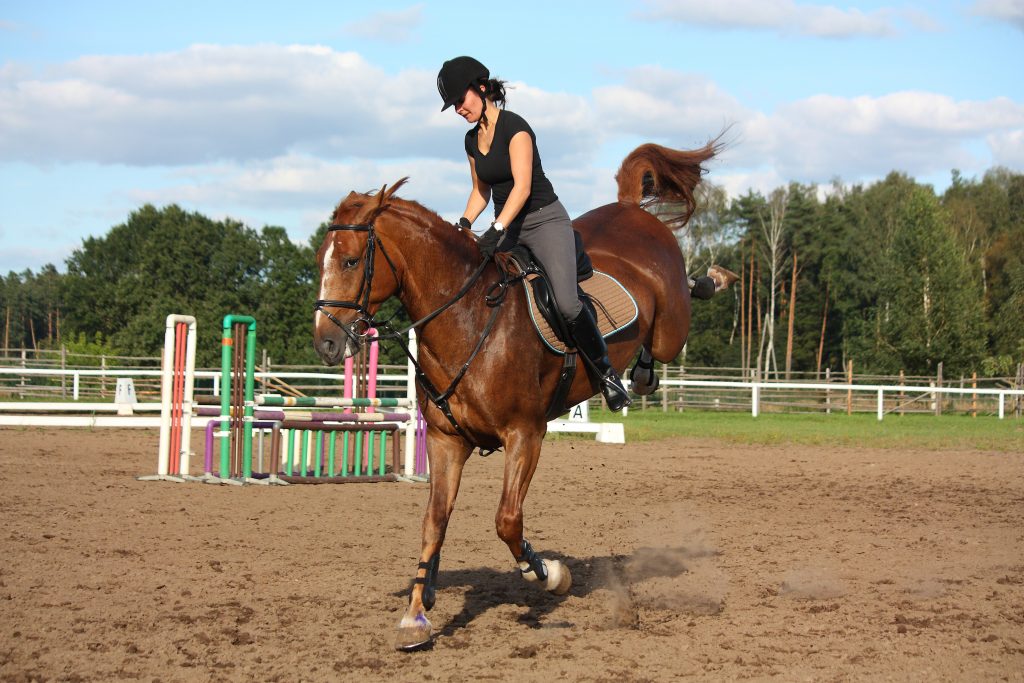Laminitis is a serious and often debilitating condition that affects the hooves of horses. This painful disorder can lead to long-term lameness and, in severe cases, may even necessitate euthanasia.
Over the past fifteen years, remarkable progress has been made in understanding the causes of laminitis, leading to significant improvements in how we manage this painful and debilitating condition in horses and ponies.
One of the most crucial discoveries is that 90% of laminitis cases are linked to an underlying hormonal cause. The two main hormonal conditions associated with laminitis are Equine Cushing’s disease (PPID) and Equine Metabolic Syndrome (EMS).
What is Laminitis?
Laminitis is an inflammation of the laminae, the sensitive and supportive tissues that connect the hoof wall to the pedal bone (the distal phalanx) within the hoof. When these tissues become inflamed, they can weaken and fail to support the bone properly. This can result in the pedal bone rotating or sinking, a condition that can cause severe pain and permanent damage; in the most extreme cases, the pedal bone can perforate through the sole of the foot
What Causes Laminitis?
Recent evidence reveals that, contrary to popular belief, grass is not the primary cause of laminitis in the UK. While grass is often the trigger for laminitis in horses and ponies, in fact, 90% of cases are linked to an underlying hormonal disorder.
Several factors can trigger laminitis, often related to metabolic disturbances or mechanical stress. Some common causes include:
1. Metabolic Disorders: Conditions such as Equine Metabolic Syndrome (EMS) and Cushing’s Disease (PPID) are now believed to be major causes of laminitis. These disorders affect the horse’s Endocrine system and, while the exact mechanisms are still being studied, both diseases are associated with high insulin levels (hyperinsulinaemia), which is known to trigger laminitis.
2. Dietary Factors: Overeating grain or lush pasture high in sugars can lead to an overload of carbohydrates, causing an imbalance in the horse’s digestive system. This can result in toxins entering the bloodstream and triggering laminitis.
3. Mechanical Stress: Excessive weight-bearing on one limb due to an injury in another can cause laminitis. This is often referred to as “supporting limb laminitis.”
4. Toxins: Certain toxins, such as those produced by retained placenta/foetal membranes in mares, can also cause laminitis.
5. Stress and Trauma: Severe stress, prolonged transportation, or trauma to the hooves can contribute to the development of laminitis.
What are the symptoms?
Early detection of laminitis is crucial for effective treatment. Symptoms can vary but commonly include:
- Lameness: This is especially noticeable when the horse is turning in circles.
- Reluctance to Move: The horse may stand with a rocked-back position to alleviate pressure on the front hooves.
- Heat in the Hooves: Increased warmth in the affected hooves.
- Increased Digital Pulse: A stronger-than-normal pulse in the arteries of the hoof.
- Pain Response: The horse may show signs of pain when pressure is applied to the sole of the hoof, particularly near the toe.
The scale of severity can be assessed with the help of the ‘Obel grading system’.
How do we treat and manage laminitis cases?
If you suspect your horse has laminitis, immediate veterinary attention is essential. Basal tests can help detect PPID (Cushing’s) and hyperinsulinaemia, both associated with laminitis.
Treatment often involves a combination of the following:
- Medications: Pain relief and anti-inflammatory medications to reduce discomfort and inflammation.
- Dietary Changes: Adjusting the horse’s diet to limit sugar and starch intake.
- Hoof Care: Special trimming and shoeing techniques to support the hoof change the angles of the bones and resultant physical forces through the hoof, reducing stress on the laminae.
- Rest and Management: Strict stall rest to minimise movement and stress on the hooves.
- Addressing Underlying Causes: Managing any metabolic disorders or other underlying issues that may have triggered the laminitis.


What are the prevention strategies?
Preventing laminitis is always better than treating it. Here are some strategies to reduce the risk:
- Diet Management: Monitor and control your horse’s diet, avoiding sudden changes and limiting access to lush pastures.
- Regular Exercise: Maintain a regular exercise routine to promote healthy metabolism and weight management.
- Routine Hoof Care: Regular trimming and, if necessary, shoeing by a skilled farrier.
- Monitor for Metabolic Disorders: Regular veterinary check-ups to screen for conditions like EMS and Cushing’s Disease.
- Stress Reduction: Minimise stress and provide a comfortable living environment for your horse.
Conclusion
Laminitis is a challenging condition that requires vigilant management and care. By understanding the causes, recognising early symptoms, and implementing effective prevention and treatment strategies, you can help ensure the health and well-being of your horse. Regular veterinary consultations and attentive care are essential in preventing and managing this potentially devastating condition.

Call to ask any question
01420 551 365
Equine Services
Your Trusted Equine Partner
Expert veterinary care for horses in Surrey, Hampshire and the surrounding areas.


